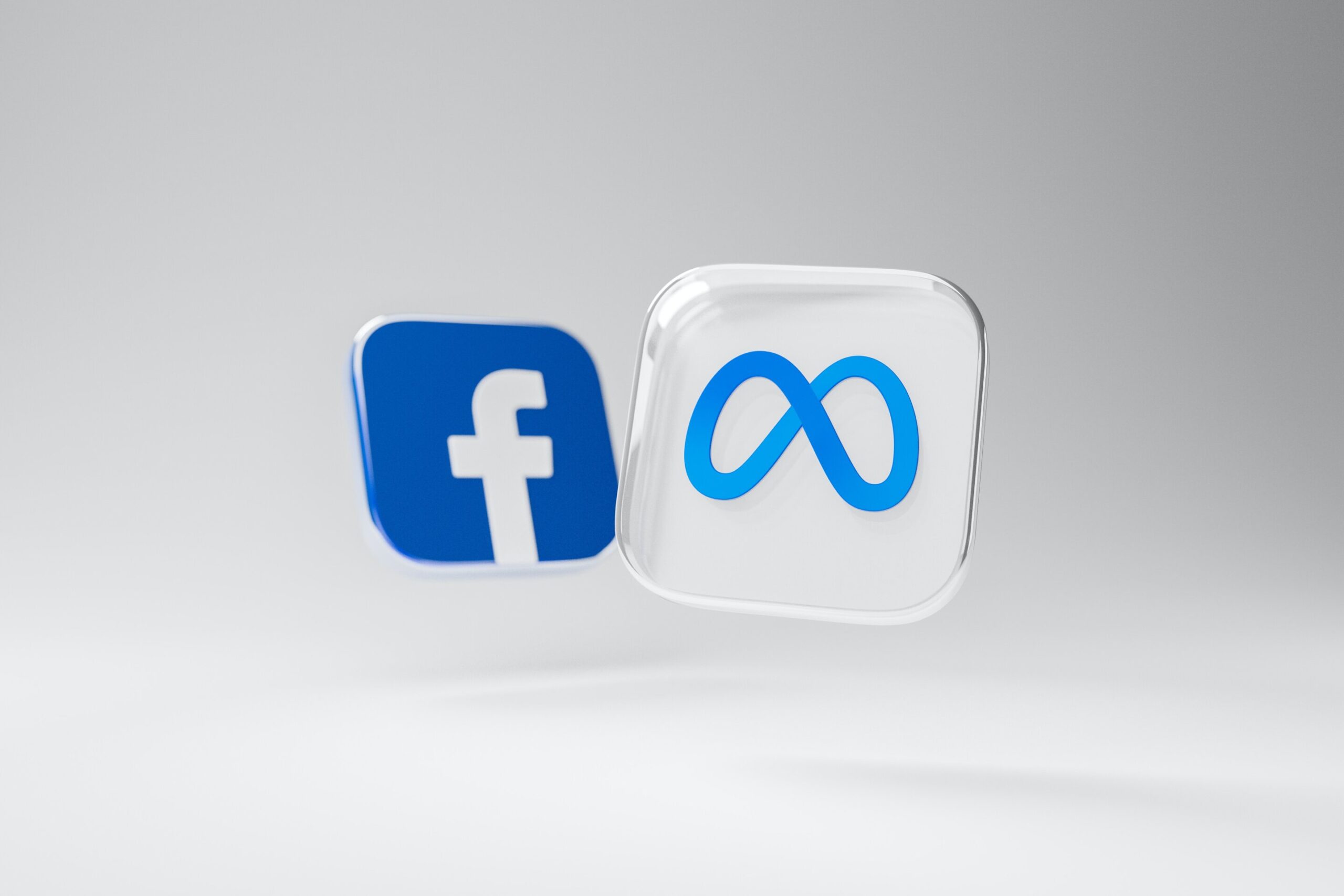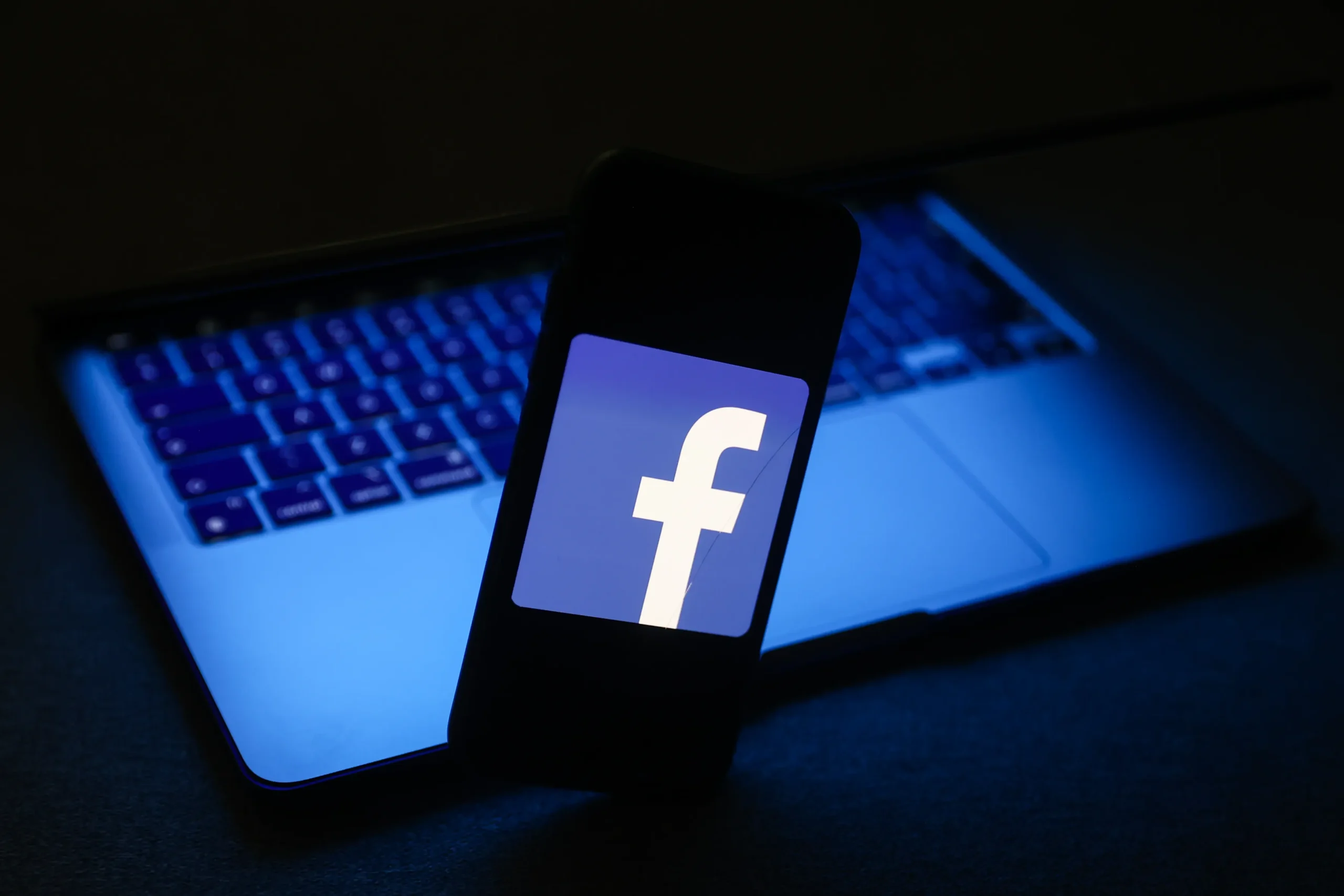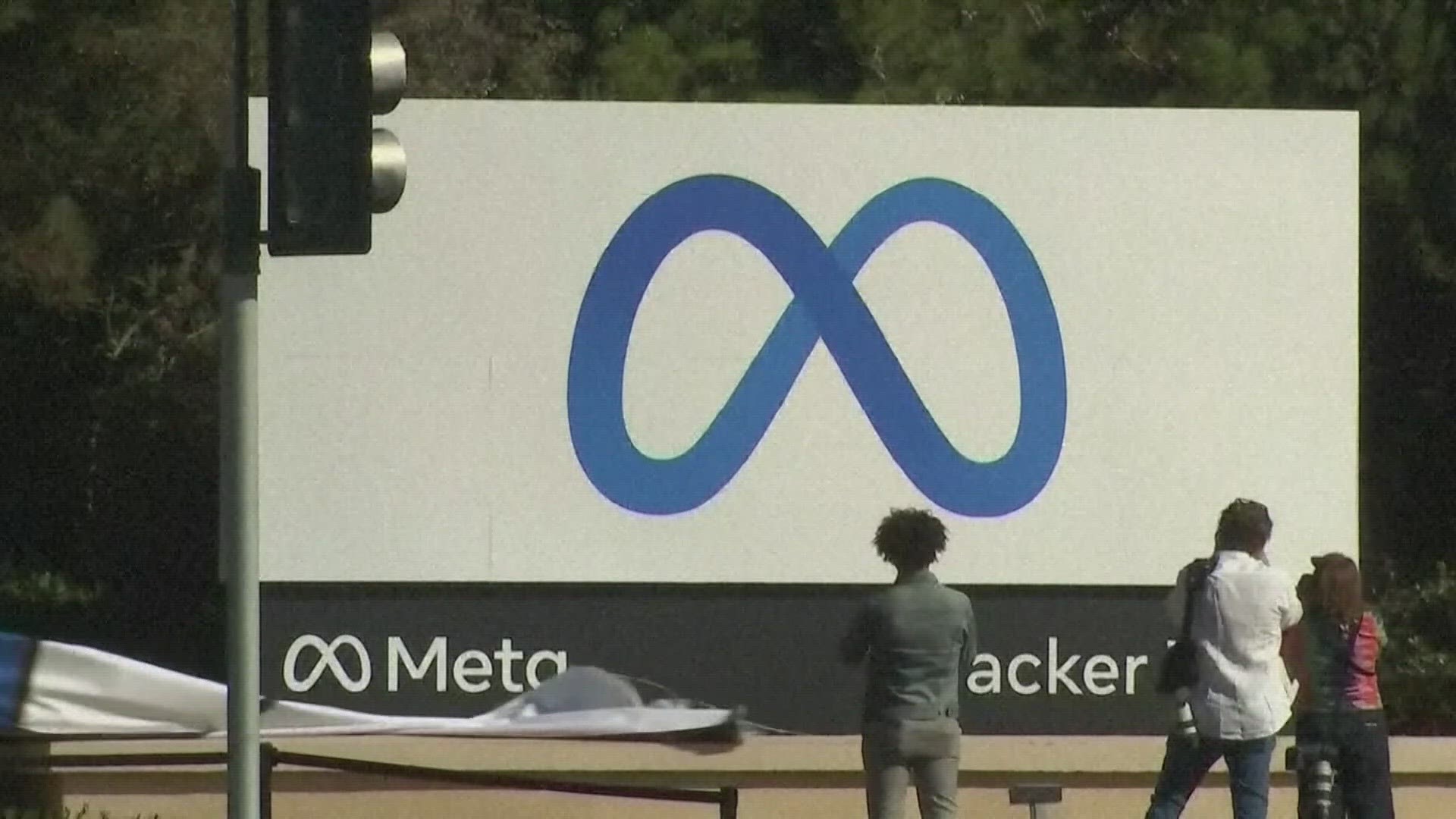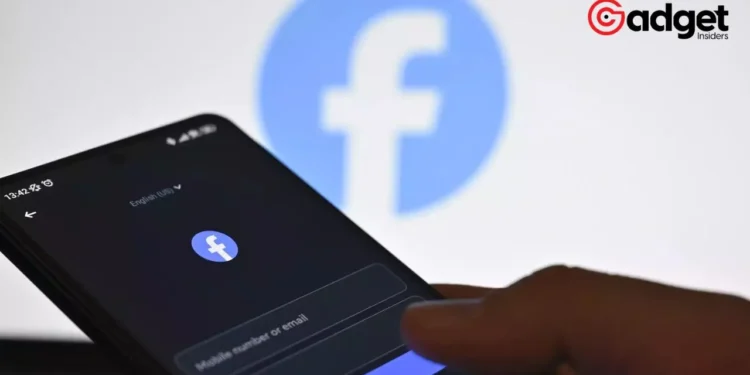In the digital age, social media platforms serve as the lifelines of communication, entertainment, and business for billions around the globe. Thus, when Meta’s suite of services, including the colossal social media giants Facebook and Instagram, along with Messenger, faced a sudden global outage on March 5th, it sent waves of confusion and frustration among its vast user base.
The incident, impacting hundreds of thousands of users worldwide, was not just a temporary inconvenience but a stark reminder of the vulnerabilities inherent in our digital dependencies.
Facebook and Instagram Outage: Technical Issue or Cyber Sabotage?
“Earlier today, a technical issue caused people to have difficulty accessing some of our services. We resolved the issue as quickly as possible for everyone who was impacted, and we apologize for any inconvenience,”
This response, aimed at quelling the immediate concerns, left a lingering question: What exactly constituted the “technical issue”?

The plot thickened as news of the Meta outage spread like wildfire across the internet. Several attacker groups, notorious in the cyber realm, seized the moment to claim responsibility for the outage. Among these were the hacktivist groups Skynet, Godzilla, and Anonymous Sudan, known for their digital disruptions.
This claim was reminiscent of a similar incident affecting OpenAI’s ChatGPT and its API, which later analysis suggested could be the result of a DDoS attack, characterized by an “abnormal traffic pattern.”
Cybersecurity firm Cyberint weighed in on the matter, pointing out that such groups often claim responsibility for high-profile service disruptions, irrespective of their actual involvement, to inflate their notoriety and perceived threat level. This tactic, while misleading, serves to amplify the group’s influence in the digital and real world.

The Impact and User Experience
For users, the experience was nothing short of bewildering. As the services flickered offline, Facebook and Instagram users found themselves unceremoniously logged out. Attempts to re-enter the digital realms were met with “incorrect password” messages, igniting fears of a widespread hacking event.
This confusion wasn’t limited to a particular medium; both desktop and mobile users were left in the dark, with Downdetector.com reporting significant numbers—over 550,000 Facebook users and 90,000 Instagram users—caught in the outage web.
HomeNews
Meta says technical issue behind recent outagehttps://t.co/JhwUIcGNGe— Sne (@sinetee) March 7, 2024
The incident mirrored a notable past outage in late 2021 when Facebook disappeared from the internet for six hours due to the withdrawal of its Border Gateway Protocol (BGP) routes. This comparison brings to light the complex infrastructure supporting our digital lives and how a single flaw in this intricate web can lead to widespread disruption.
Reflections on Digital Dependence and Cybersecurity
This latest outage underlines a crucial reality of our times: the profound impact of social media platforms on our daily lives and the underlying vulnerabilities that come with such dependence.
While Meta has attributed the cause to a technical hiccup, the subsequent claims by hacktivist groups highlight the ongoing cybersecurity battle between tech giants and digital saboteurs.

As the lines between technical failures and cyberattacks blur, the incident serves as a wake-up call for both users and corporations. It underscores the importance of robust cybersecurity measures and the need for transparency in communicating the nature of such outages.
For the digital community, it’s a reminder of the delicate balance between enjoying the conveniences of technology and being prepared for its potential pitfalls.
In the aftermath of the outage, as services resume and users reconnect, the event leaves a lingering question: Are we prepared for the next digital disruption? As the digital landscape continues to evolve, so too must our strategies for safeguarding the digital town squares that connect us all.










